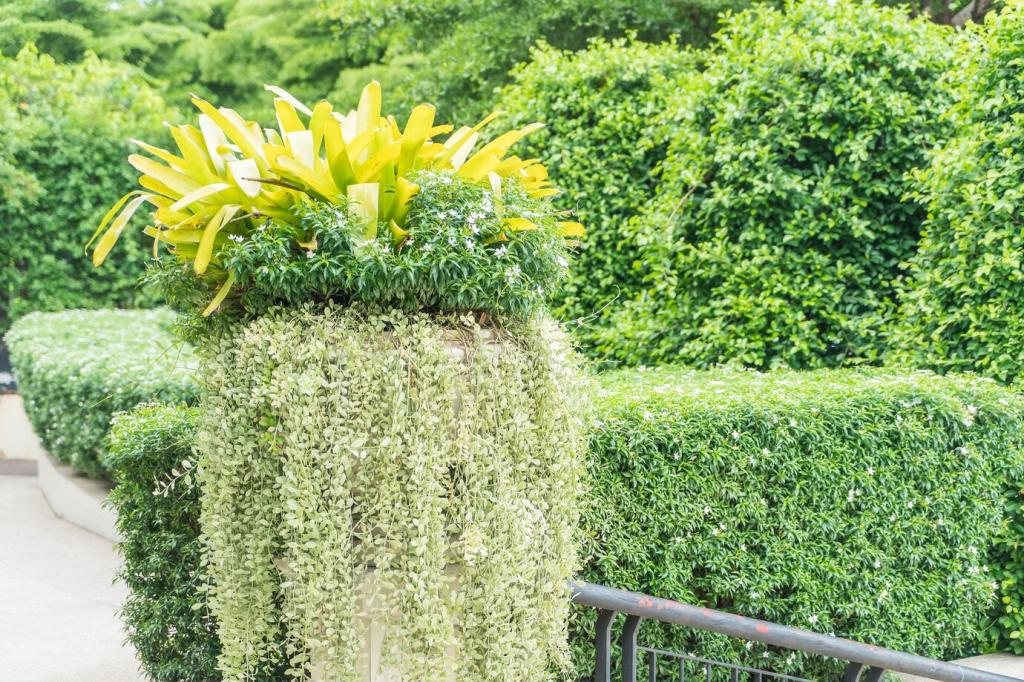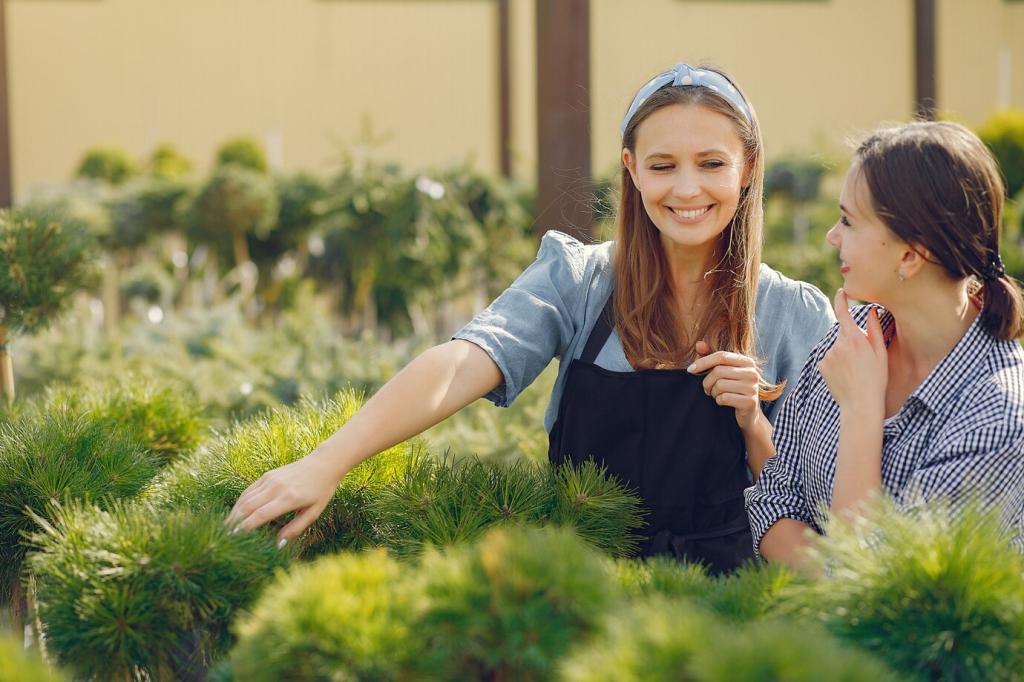Recycled Materials in Garden Design: Turning Cast-Offs into Living Art
Today’s chosen theme: Recycled Materials in Garden Design. Welcome to a space where old ladders become lush trellises and bottles glow like jewels in the border. Explore ideas, stories, and how-tos—and subscribe to keep the upcycling inspiration growing.

Circular design, rooted in soil
Gardens naturally recycle: leaves fall, feed soil, and nourish new growth. Bringing recycled materials into design mirrors that cycle, keeping useful objects in play while reducing waste. It’s practical ecology that feels creative, thrifty, and deeply satisfying.
Objects with memories become features
A weathered window from a grandparents’ home can frame a shade-loving fern tableau, adding family history to the landscape. When materials arrive with stories, the garden gains character, conversation starters, and a sense of continuity that new items rarely provide.
Small changes, real impact
Repurposing even a few pallets into planters diverts significant material from landfill and reduces demand for new lumber. Multiply that across edging, trellises, and seating, and you create tangible environmental savings while crafting a garden that feels wholly personal.


Material Matchmaking: Finding the Right Salvage for the Right Spot
Seek pallets stamped HT (heat-treated), not MB, for safer garden use. Sand rough edges, remove protruding nails, and seal if exposed to constant moisture. Pallets excel as vertical planters, compost bays, or rustic screens when structurally sound and properly secured.
Material Matchmaking: Finding the Right Salvage for the Right Spot
Corrugated sheets, hoops, and old bike rims bring industrial grace. Embrace patina but halt corrosive rust with wire-brushing and a clear protective coat. Use metal for edging, arches, and climber supports where strength, slender profiles, and longevity truly matter.
Techniques that Turn Scrap into Structure
Old ladders, doors, and mattress springs make compelling trellises for beans and clematis. Anchor firmly to posts or masonry, distribute load across fixings, and let plants soften edges. The result feels airy, sculptural, and surprisingly refined despite humble origins.

Plan, source, and prep
Find an HT-stamped pallet with intact stringers. Scrub, sand splinters, and attach landscape fabric inside slats to hold soil. Pre-drill drainage holes, choose sun-friendly herbs, and sketch planting pockets so roots have room and watering reaches every corner.
Assemble and mount safely
Secure the pallet to a masonry wall or stout posts using exterior-rated anchors. Check load-bearing capacity before adding soil. Add a lightweight potting mix, tuck in herbs, and test for movement. Stability matters—wind, water, and growth will increase overall weight.
Planting and watering that works
Group thirsty herbs together and drought-tolerant varieties higher. Consider a simple drip line or inverted bottle reservoirs for consistent moisture. Share your finished wall and lessons learned—your photos and tips can help another gardener start their own recycled project.
Wildlife Wins: Upcycled Habitats that Buzz, Flutter, and Thrive
Pollinator bars from brick and bamboo
Build an insect hotel using offcuts, drilled scrap wood, hollow bamboo, and stacked bricks. Place it in morning sun with a rain cap. These layered cavities host solitary bees and lacewings, adding essential pollination and gentle pest control to your recycled garden.
Water from once-forgotten tubs
Turn an old sink, basin, or half barrel into a mini wildlife pond. Add stones for safe exits, plant oxygenators, and keep water shallow along edges. You’ll be amazed how quickly dragonflies, birds, and useful predators arrive to balance the ecosystem.
Soil-first raised beds with reclaimed timber
Build beds from untreated or sealed reclaimed boards and line interior faces to prolong life. Fill with compost-rich soil, then mulch. Better soil structure supports roots, while reusing sturdy lumber keeps costs low and resources circulating where they belong—on site.
Community, Story, and Sharing Your Reuse Journey
The swap-day trellis that started a trend
At a neighborhood exchange, a retired cyclist traded steel rims that became a grape trellis, sturdy and sculptural. Months later, passersby asked how it was built, and the street’s fences sprouted vines. Share your finds—your story could spark someone else’s project.

